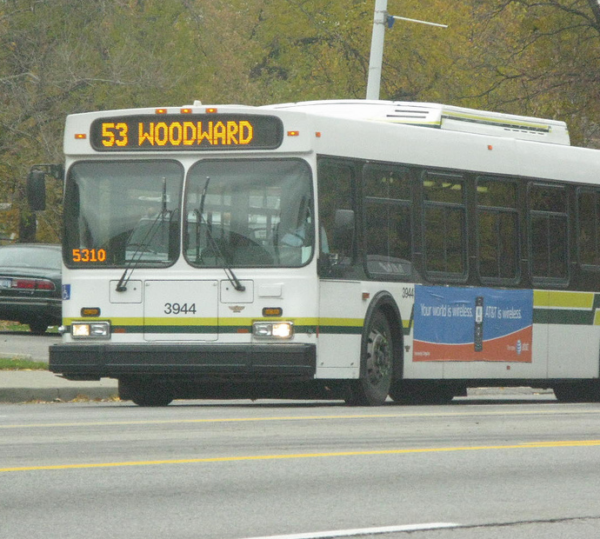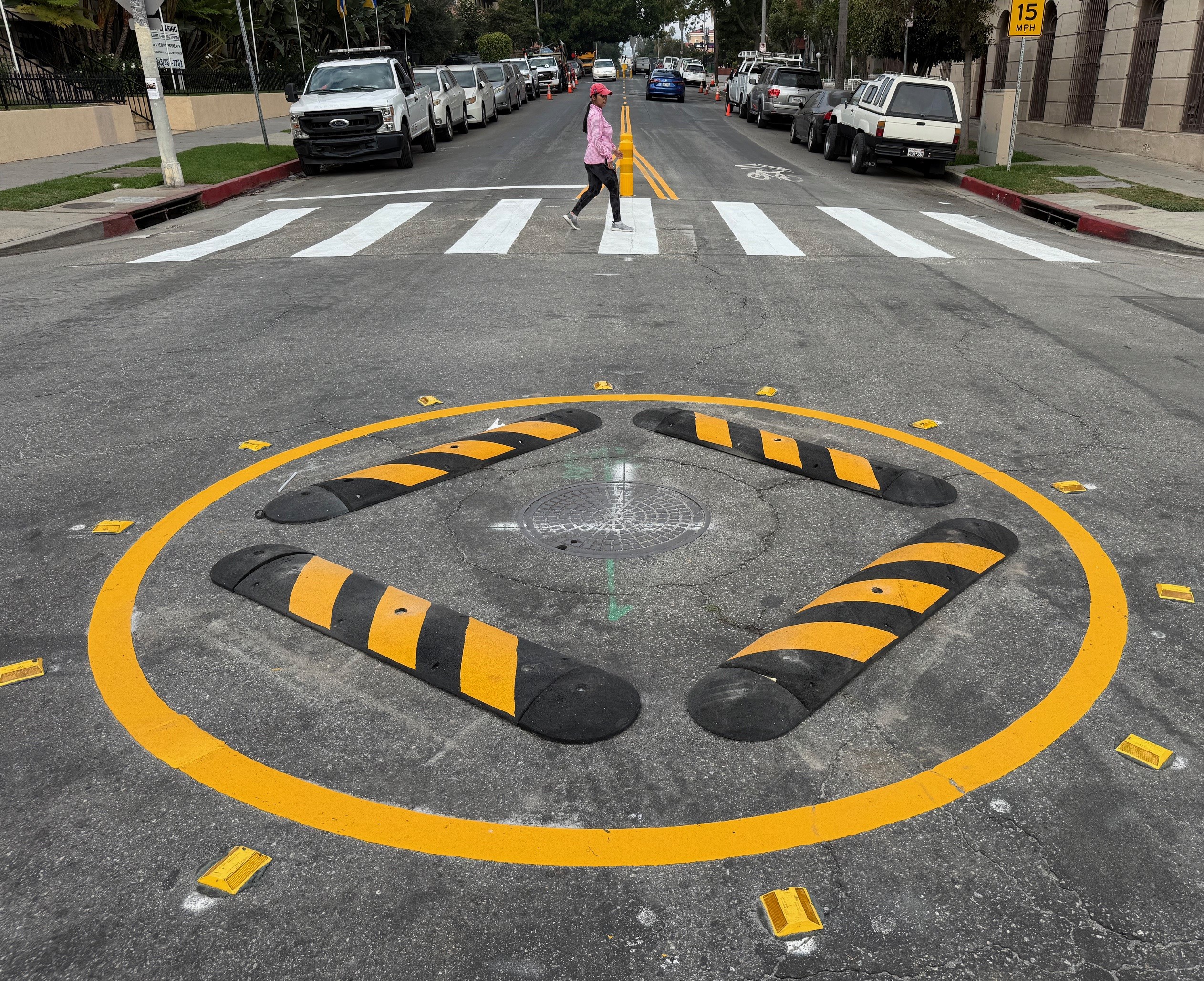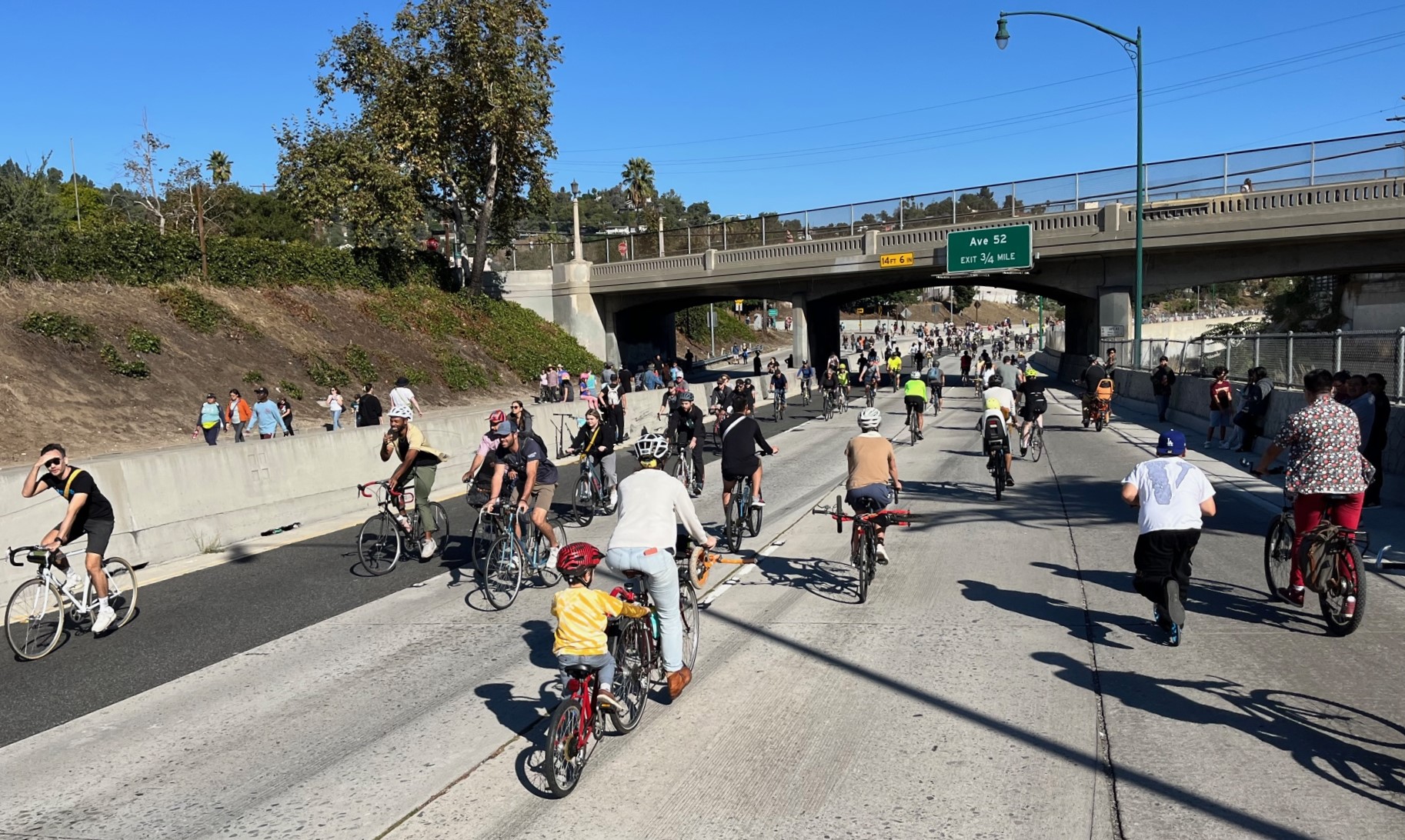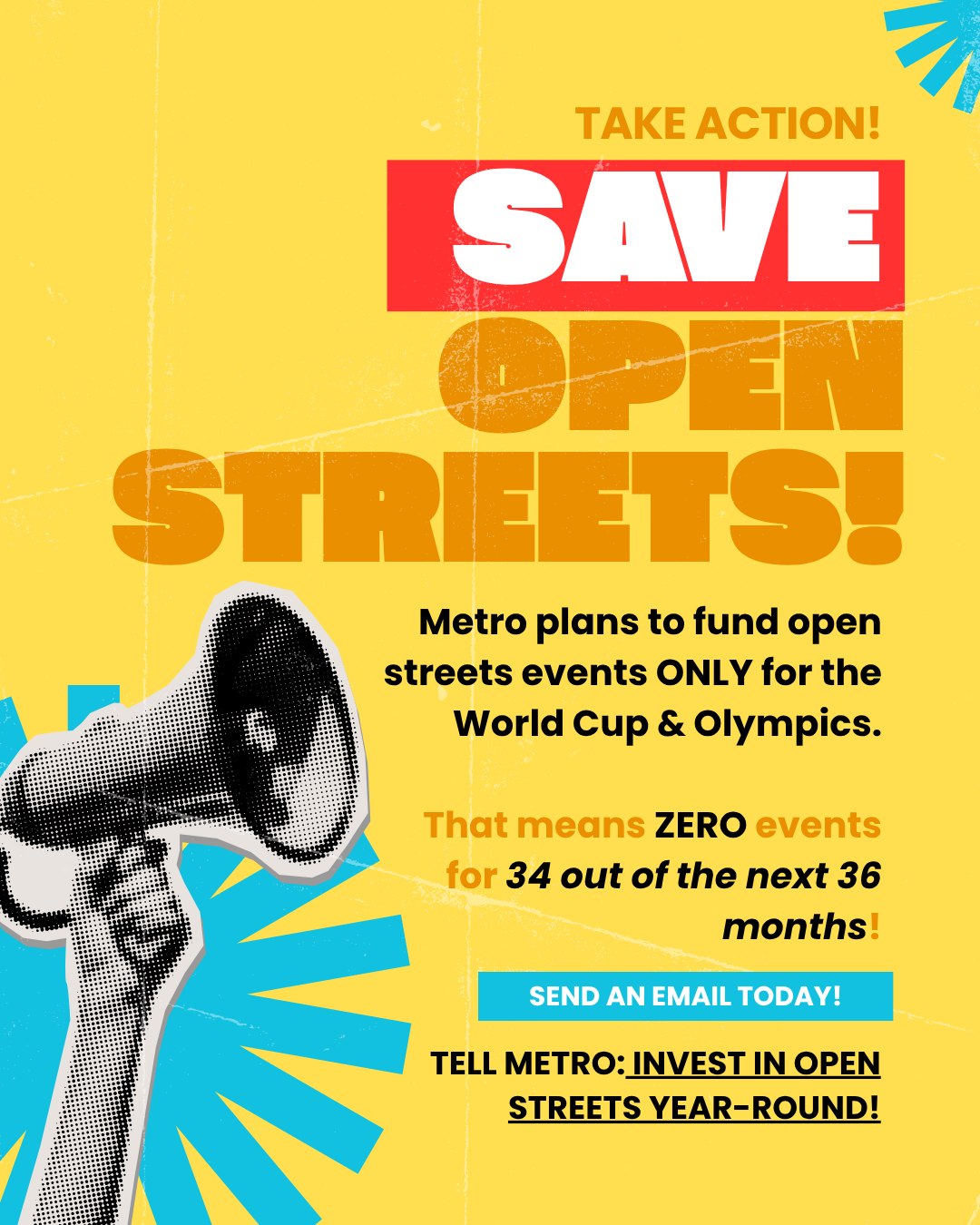Today is the grand opening for the QLine, Detroit's 3.3-mile, mixed-traffic streetcar on Woodward Avenue. It's getting tons of local press attention, but TransitCenter reports that the Motor City's true transit renaissance is not due to the streetcar, but the city's successful, under-the-radar turnaround of its bus system.
Since the first week he took office in January 2014, Mayor Mike Duggan has focused on improving buses, which "are now offering the most reliable service the city has seen for years," TransitCenter writes. "The bus system’s current challenge is to convince locals who suffered through severe cutbacks, abysmal performance and high crime levels on buses that the rebound is real."
When Duggan took over, just 58 percent of scheduled buses even left the depot, leaving riders regularly stranded. Months before, bus drivers walked out in protest of dangers on the job -- they were being assaulted and even shot at with alarming frequency. Duggan quickly fired the director of the Detroit Department of Transportation, the city's transit operator, and replaced him with Dan Dirks, former general manager of the suburban SMART bus system.
Dirks focused on increasing DDOT's reliability and reducing its crime rate. He bought new buses, hired additional drivers, worked with the police department to create a new transit unit, and installed interior and exterior cameras on all buses.
The results were noticeable: All scheduled DDOT buses were leaving the depot by September 2016, and the number of security incidents on buses dropped 62 percent since 2013, according to TransitCenter. The federal government noticed the progress, too, lifting funding restrictions it had placed on DDOT in the months before the city filed for bankruptcy in 2013.
While a major regional transit ballot measure came up just short of a majority last November, the city has been able to increase bus service, spending $10 million over the past year to add 1,700 new weekly bus trips. Detroit now has 24-hour service on some routes and new limited-stop services.
Ridership, which had been falling since 2008, increased in 2015 and grew even faster last year.
While bus service is rebounding, the challenge now is making sure the public knows things are on the mend. TransitCenter recommends rebranding the bus service, updating its fare collection system, which relies heavily on cash payments, and possibly replacing fixed-schedule buses in low-density areas with on-demand services, in order to shift some bus runs to areas with greater demand.
Streetcar supporters and the local media are already talking about expanding the QLine. But as Detroit celebrates its new streetcar, it's important to remember that its transit workhorse is the bus system, which still has huge potential to improve and move more people.







